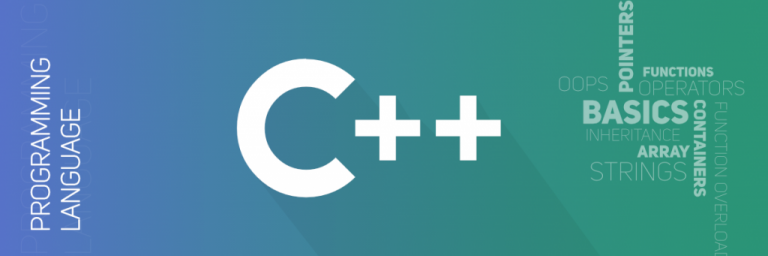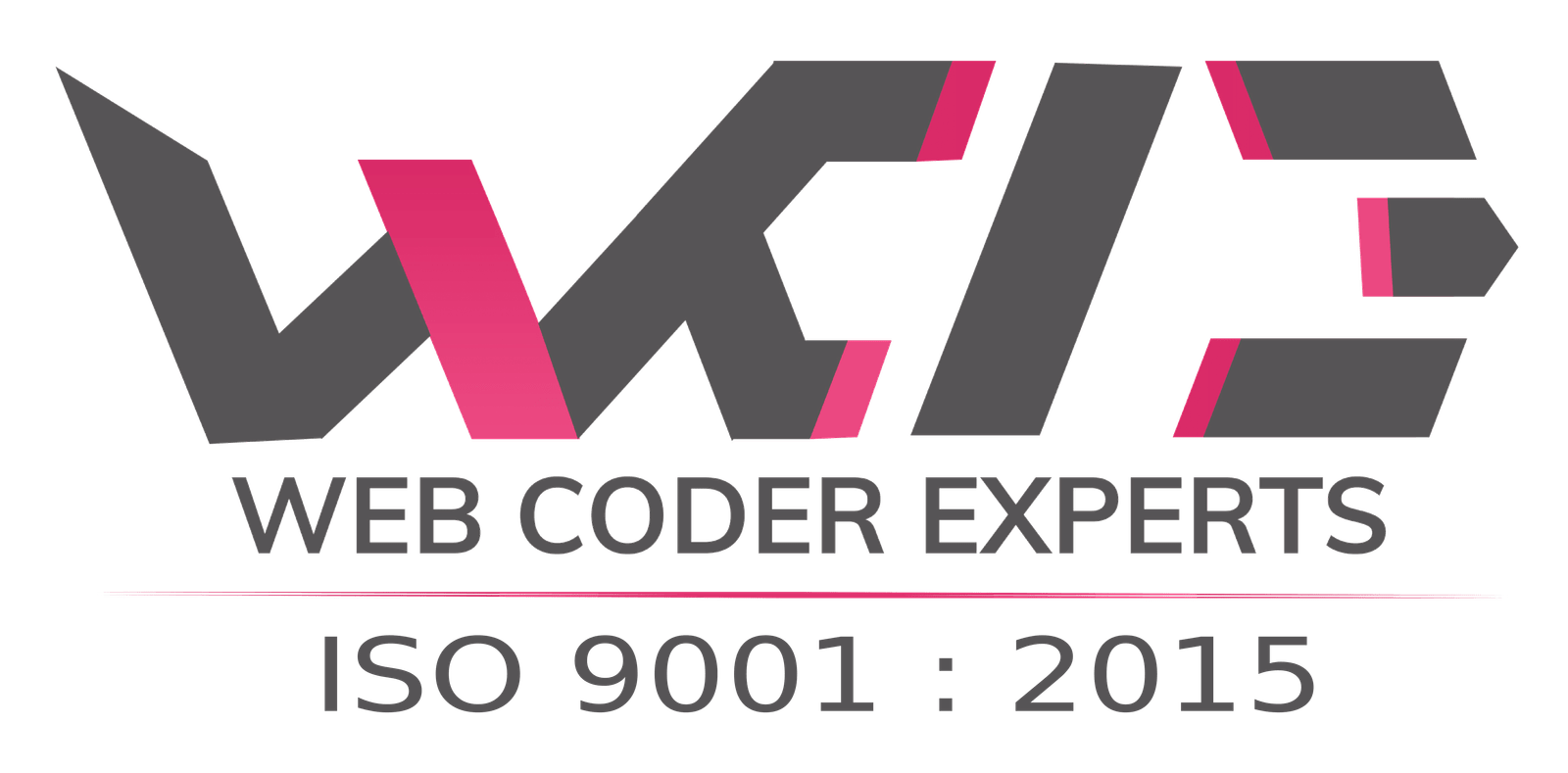
C++ Programming Language Training to develop system & application software, drivers, client-server applications & embedded firmware. C++ is a powerful general-purpose object-oriented programming language which is used for operating systems, compilers, interpreters, search engine and graphics programs. It can be used to make CGI scripts or console-only DOS programs.
COURSE CODE: ITR-102 COURSE DURATION: 6 weeks COURSE OBJECTIVES:
It covers C++ programming language and its interactions with software design. The C++ course offered by us will help you learn:
- Understand the advantages of C++ over C language
- The concept of class and objects and how to declare class and functions.
- The use of operators and their overloading, comparison, data conversion, etc.
- Exceptions and error handling
- Describes the concept of OOPS and its terminology including encapsulation, abstraction, polymorphism, inheritance, virtual functions etc.
- Introduce the concept of constructors and destructors
- Tells about templates, exceptions, streams, and strings
- Tells about object-oriented systems development
- Understand the main strategies and several Design Patterns to build the simplest, most flexible and reliable C++ code
COURSE CONTENTS:
CHAPTER 1: OBJECT-ORIENTED PARADIGM
- OOPS…!
- Structured versus Object Oriented Development
- Elements of Object-Oriented Programming
- C vs. C++
- Features of C++
- What Is an Object?
- What Is a Class?
CHAPTER 2: MOVING FROM C TO C++
- Comments
- Namespaces
- Simple Output
- Simple Input
- Scope resolution Operator
- Variables aliases(reference variables)
- Parameters passing by References
- Inline function
- Function Overloading
- Default Arguments
- Operators new and delete
- The bool Data Type
CHAPTER 3: CLASSES AND OBJECTS
- Components of a Class
- Class Structure and Class Declaration Syntax
- Malloc ( ) / free ( ) versus new/delete
- Class, Objects and memory resources
- Accessing class members
- Defining Member Functions
- Outside member functions as inline
- Accessing member functions within the class
- Data Hiding
- Passing Objects as arguments
- Friend Classes
- Static data members
- Static Functions
CHAPTER 4: CONSTRUCTORS AND DESTRUCTORS
- Constructors and Initialization
- The need of the Constructor
- Parameterized constructor
- Constructor overloading
- Name fewer objects
- Constructor with default arguments
- Object Copying and Copy Constructor
- Dynamic initialization through constructors
CHAPTER 5: OPERATOR OVERLOADING
- Introduction
- Rules for Operator Overloading
- Overloading ++, –, +, -, *, /,<,> …. & Logical operators
- Overloading << and >> (stream operators)
- Nameless Temporary Objects
- Overloading New and Delete Operator
- Comparison Operators
- Data Conversion
- Conversion between Datatypes
- Conversion between basic and Objects
- Conversion between Objects of different classes
- Overloading with friend functions
CHAPTER 6: INHERITANCE
- Introduction
- Derived class declaration
- Forms of inheritance
- Member Accessibility
- Constructors in derived classes
- Overloaded Member functions
- Abstract classes
- Multilevel Inheritance
- Multiple Inheritance
- Hierarchical Inheritance
- Hybrid Inheritance
- Virtual Base Class
CHAPTER 7: VIRTUAL FUNCTIONS & POLYMORPHISM
- Introduction
- Need for virtual functions
- Pointers of derived class objects
- Definitions of Virtual Functions
- Pure Virtual Functions
- Dynamic Binding
- Rules For virtual functions
CHAPTER 8: TEMPLATES
- Introduction
- Template Functions
- Overloaded Function Templates
- Multiple Argument Function Templates
- Purpose of Class Templates
- Class Templates with overloaded operators
CHAPTER 9: EXCEPTION HANDLING
- Introduction
- Error Handling
- Exception Handling
- Types of Exceptions-Try, throw, catch
- Specified, Unspecified exceptions
- Handling Uncaught Exceptions
CHAPTER 10: STREAMS COMPUTATION WITH CONSOLE
- What are streams?
- Console Streams
- File I/O with Streams
- Opening and closing files
- Interacting with
- Text files (ex: .txt, .c, .cpp)
- Non-text files (ex: .dat, .mpg, .avi, .mp3)
- Unformatted, Formatted Console O/P
CHAPTER 11: MANIPULATING STRINGS
- Creating(string) objects
- Manipulating String Objects
- Relational Operations
- String Characteristics
CHAPTER 12: OBJECT-ORIENTED SYSTEMS DEVELOPMENT
- Procedure-Oriented Development Tools
- Object-Oriented Notations and Graphs
- Steps in Object-Oriented Analysis
- Steps in Object-Oriented Design
- Implementation
